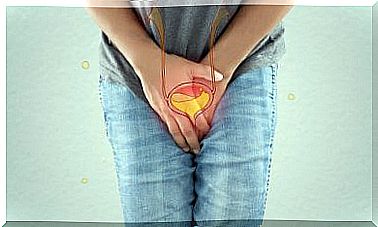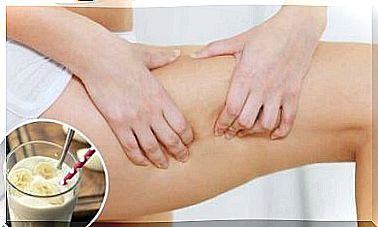What Your Ears Say About You
Different parts of the body can tell us much more than we think about our body. The ears were not going to be less.
Take note of what the ears are capable of telling about us, because it will surely surprise you.
What your ears say about you
They serve as genetic identification
Not only the fingerprint serves as a genetic identification. In that sense, the ears are also useful, because it is a part of the body that hardly changes from birth to old age: they only grow.
In this way, it becomes a useful way to identify a person.
They help us to know the type of genetics we have
The ears help us to know if our genetics are recessive or dominant. If your ears end up close to the neck, you are recessive. On the contrary, if they separate like a hook, you are of dominant genetics. Look at yours and you can find out.
The ears inform you of possible coronary diseases
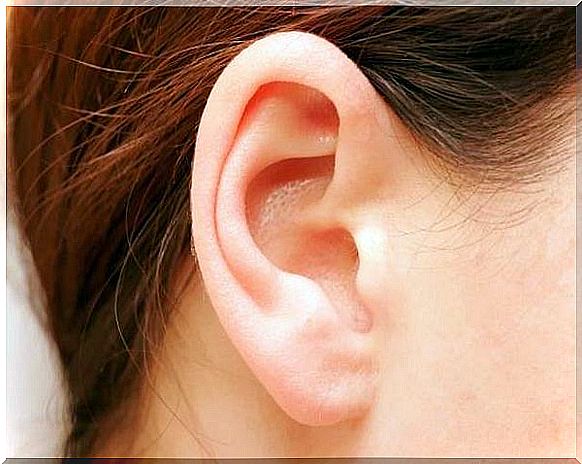
According to several investigations, those people who have a furrow that crosses the earlobe are very likely to suffer from coronary artery disease.
If this is your case, it is best that you go to your doctor for a general check-up to rule out any ailment of these characteristics.
Pale ears? You may lack vitamins
If you have very pale ears, perhaps what happens to you is that you lack basic nutrients. You should pay close attention to this aspect, as it can be much more serious than you might believe at first.
Some whitish ears can tell us about a lack of vitamins and calcium.
Kidney problems if they are red
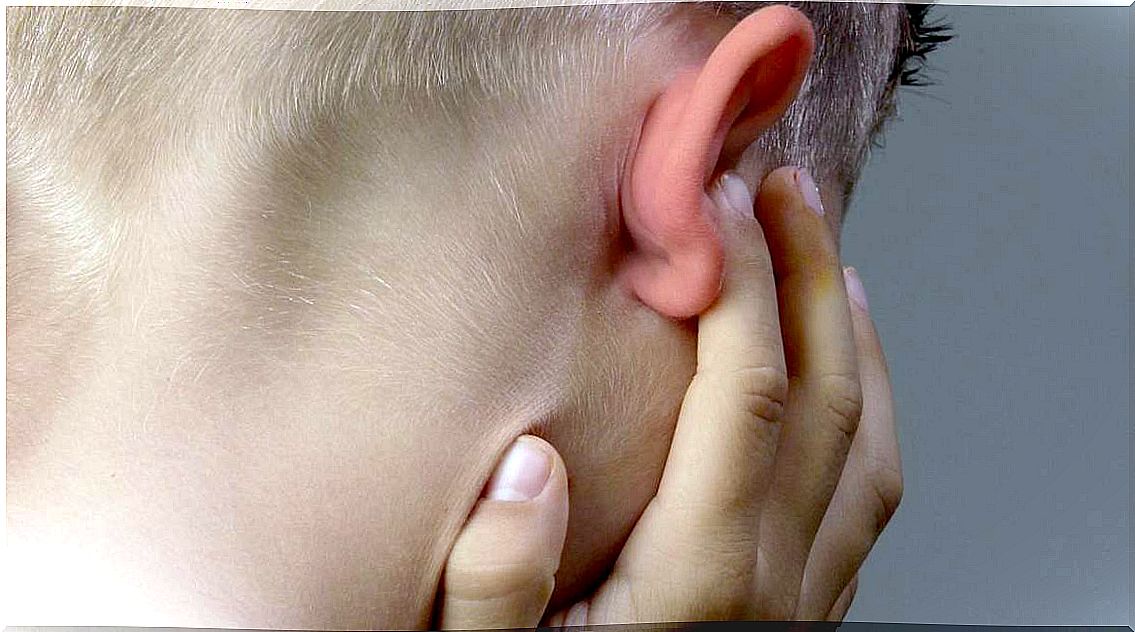
If your ears are red, this may indicate that you have kidney problems, so take care and see if there are any more signs that can give you clues.
Do not hesitate to go to the doctor if you see more data that points in this diagnostic direction.
Intense red ears
If your ears are always in an intense red color, be very careful, because they could be synonymous with brain conditions. Thus, it could be an indication of eminent memory loss, constant headaches and brain problems. If they are also inflamed, it may be a chronic condition.
In this case, go to the doctor.
Reflexology
Reflexology is a therapy that works with the nerve endings that connect to each area of the body. In the ear, atrial reflexology relates these points to the silhouette of a baby in a fetal position.
- In this way, the points that we must press are in relation to the baby’s body.
- By pressing the points of these endings, different health problems, both physical and emotional, can be solved.
This subject works with many stimulation points and you can learn to massage them to solve problems such as a headache.
The used areas of the ear are the most sensitive for receiving sensory impressions such as heat, light, sound, electromagnetic sensations, and pressure. Thus, its stimuli produce reactions in the other organs of the body, depending on the point worked.
Ear massage
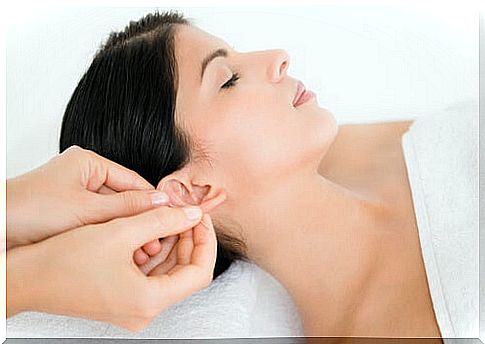
In this way, the atrial stimulation or micromassage is carried out in three different ways : applying pressure with the whole finger, with the tip or with the tip of the nail.
You can also use a pencil on the side of the eraser, matches and small pellets to press.
It is important to know that in each case, the pressure exerted on the area must progressively increase so that it remains effective over time and as the treatment progresses.
- For example, if you press the area in the ear that corresponds to the spleen, it will facilitate digestion.
- Pressing the point of the lungs boosts blood circulation and gives energy. This is used to alleviate diseases of the respiratory system such as asthma, or edema caused by circulation disorders.
- By stimulating the point corresponding to the small intestine, diarrhea problems, poor gastrointestinal absorption, abdominal distension and various discomforts can be treated.
As we can see, through this technique we can not only see what our ears tell us about ourselves, but we can also alleviate certain ailments. It is enough to identify and know which area of the body each part corresponds to.
Lorraine gonzalez
Degree in Journalism and Audiovisual Communication from the Cardenal Herrera CEU University (2010). Online communication and marketing program (IME Business School). He did work for Habitissimo, Capital Radio, DecoPeques Media SL, Baravento, Grupo Hoy, El Mundo, etc.
